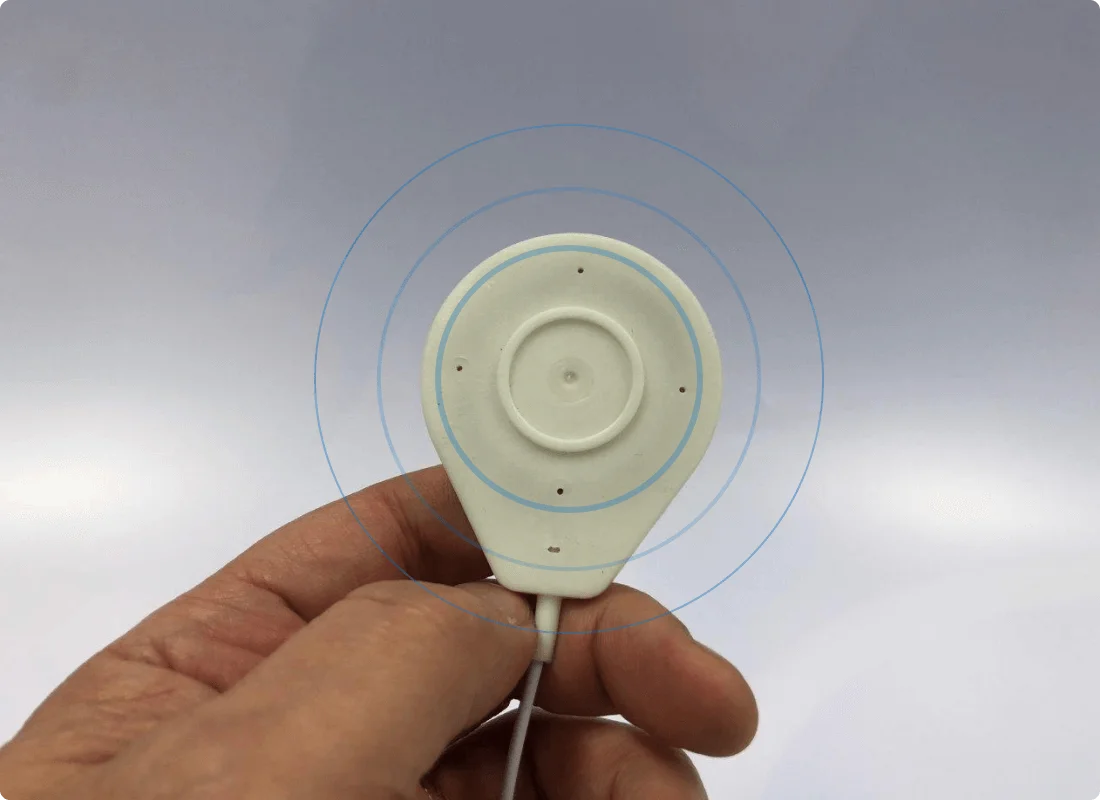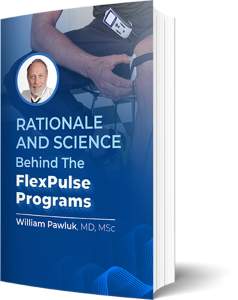There is a large amount of information on Pulsed Electro Magnetic Field (PEMF) therapy and devices online. But sifting through it all to know what is truth or fiction can be difficult. More so when you are in the market for a system and content proves confusing.
When considering what source to rely on for reliable information, you need to be careful. Focus on those that cite independent scientific research and trials. Let’s look at some of the common misconceptions concerning PEMF technology and what you should know.

PEMF Therapy Is Not Effective
Multiple studies and randomized clinical trials have been conducted proving the effectiveness of PEMF therapy. It has been shown to aid in pain relief for conditions such as knee and hand osteoarthritis (OA) [1]. It also assists in postoperative recovery by decreasing pain and swelling [2].
Early application of PEMF in the treatment of bone fractures was found to accelerate healing [3]. The therapy also helps to reduce pain intensity and improve function for those with lower back pain [4]. Scientific research has time and again proven the effectiveness and benefits of PEMF therapies on various conditions.
Specific Frequencies and Waveforms Work On Specific Conditions
Various frequencies have been tested on different conditions. However, no specific frequency has been found to resolve a specific health condition. Many frequencies can be successfully used across various conditions. Those under 100 kHz has been found to be particularly helpful.
When it comes to waveforms, you should be more concerned about charge. Consider the amount of charge it can produce in the body and the corresponding voltage needed. you may find some waveforms produce higher amounts of charge but this effect is unlikely to be unique.
Limit Treatment Sessions to 8 Minutes
Many PEMF system manufacturers suggest an 8-minute limit. However, many studies have been conducted with much longer treatment sessions. Even these studies will likely have limited their sessions due to issues of practicality.
PEMF systems are safe for use for as much as 12 hours a day. This makes them effective for overnight use in the treatment of sleep disorders [5]. Individuals can determine for themselves how long a treatment period works best for them through trial and error, or by consulting a PEMF physician.
Only Use A PMEF System Recommended by Your Doctor
Many medical practitioners are ignorant of how PMEF therapies work. If you have done some research on your own, you may find yourself better informed than your doctor. Some are opposed to alternative therapies and will dismiss PMEF use. Others will be open to helping their patients give it a try and study its efficacy.
Having an open mind is helpful where you feel reasonably confident this can work for you. Where possible, the advice and guidance of a PEMF physician is the best option. If not available, you can consider investing in an affordable PEMF device to test the waters. Note that lower-cost options tend to come with lower intensities. Even with marginal relief, it is a good bet that upgrading should offer better benefits.
Only One System Can Improve Circulation
All PEMF devices can help improve circulation [6]. Some brands may market themselves as being the best option for specific conditions. But the technology works much the same way. You may find more circulation achieved in the particular body area the applicator is placed against. If using a whole-body mat, the effect should be broader.
This applies to other conditions as well. PEMF therapy can aid in recovering from surgery, bone fractures, insomnia, and other health conditions. It also supports general wellness goals. Any PEMF system you use will likely afford you health benefits, regardless of the condition suffered.
FDA Approval Is a Must
FDA approval is difficult to come by. There is expensive research needed to qualify. If SMEF manufacturers went this route, they would have to drastically mark up their product to make back this investment. This would make it too expensive for the market, denying people the much-needed benefits that SEMF therapy offers.
Given the many conditions that the therapy helps with, FDA approval could also become a barrier. The FDA is highly limiting and would restrict the use of the technology to specific conditions the manufacturer has proven it is effective for. Again, the level of research needed would make this venture too expensive.
References
- Wu Z, Ding X, Lei G, et al Efficacy and safety of the pulsed electromagnetic field in osteoarthritis: a meta-analysis BMJ Open 2018;8:doi: 10.1136/bmjopen-2018-022879
- Berish Strauch, MD, Charles Herman, MD, Richard Dabb, MD, Louis J. Ignarro, PhD, Arthur A. Pilla, PhD, Evidence-Based Use of Pulsed Electromagnetic Field Therapy in Clinical Plastic Surgery, Aesthetic Surgery Journal, Volume 29, Issue 2, March 2009, Pages 135–143, https://doi.org/10.1016/j.asj.2009.02.001
- Shi, Hong-fei et al. “Early application of pulsed electromagnetic field in the treatment of postoperative delayed union of long-bone fractures: a prospective randomized controlled study.” BMC musculoskeletal disorders 14 35. 19 Jan. 2013, doi:10.1186/1471-2474-14-35
- Andrade, Renato et al. “Pulsed electromagnetic field therapy effectiveness in low back pain: A systematic review of randomized controlled trials.” Porto biomedical journal 1,5 (2016): 156-163. doi:10.1016/j.pbj.2016.09.001
- https://flexpulse.com/pemf-therapy-sleep-benefits/;
- https://flexpulse.com/how-does-pemf-therapy-increase-blood-flow-and-improve-circulation/

